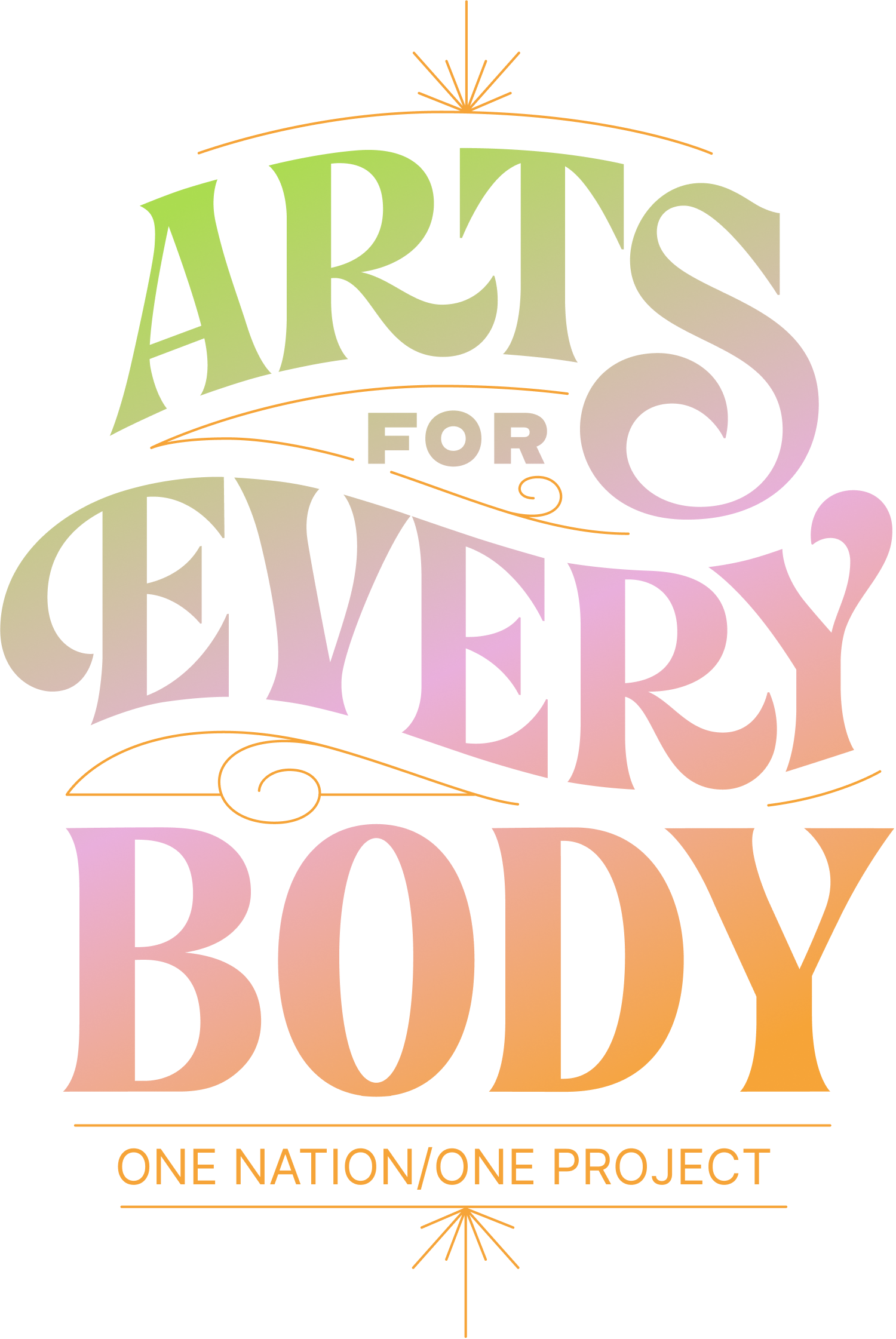Some dementia patients begin to create art. We may now know why.
A study has identified the potential brain structures and their connections that lead some frontotemporal dementia patients to start painting or producing other forms of art.
In the article titled "Some dementia patients begin to create art. We may now know why," published on August 10, 2023, by Sam Jones, a fascinating study is detailed, shedding light on the underlying brain mechanisms that might explain why some patients with frontotemporal dementia (FTD) start engaging in artistic activities, such as painting, quilting, or pottery, despite their cognitive decline. The research, led by Adit Friedberg and colleagues, including Bruce Miller from the UCSF Memory and Aging Center, used atrophy network mapping to explore the changes in brain structures and connections in patients exhibiting newfound artistic creativity. The findings suggest that while neurodegeneration occurs in certain brain regions, others, notably those involved in visual processing and motor control, might increase in activity or even grow in volume, potentially unleashing artistic talents in patients who had not previously engaged in such creative pursuits.
This research not only provides insight into the complex interplay between different brain regions but also challenges the traditional focus on the deficits caused by neurodegenerative diseases, highlighting instead the emergence of new strengths or abilities, such as artistic creativity. It's a reminder of the brain's remarkable capacity for plasticity, even in the face of disease.
The goals and interests of Arts for Everybody align closely with the implications of this study. The organization's commitment to making the arts accessible to all, regardless of ability or health status, resonates with the study's suggestion that engaging in artistic activities could be beneficial or even therapeutic for individuals experiencing neurodegenerative conditions. This research underscores the importance of providing opportunities for creative expression to everyone, especially those who may be discovering or rediscovering artistic talents as a result of their condition. It serves as a powerful testament to the role of art in enhancing quality of life and offers a compelling reason to support initiatives aimed at expanding access to the arts.
For a deeper understanding of how neurodegenerative diseases can unlock artistic potential and the scientific endeavor to unravel this mystery, readers are encouraged to delve into the full article. It's a riveting read that not only informs but also inspires a reevaluation of how we perceive creativity and brain health.

